GM Defends Full-Sized Truck Investment
The word “truth” in our title has long been a cudgel for our critics, who, finding fault with our analysis, condemn us for failing to publish their version of the truth. But, as I’ve steadfastly maintained since taking up TTAC’s editorial reins, we do not hold ourselves up as the sole source of truth. Rather, by provoking an engaging discussion, we hope that our readers will use our posts as a jumping-off point to debate the issue at hand with vigor. The truth, as I find myself saying again and again, is a journey, not a destination.
Accordingly, I’m always thrilled when manufacturers read our pieces and offer up their own counterpoint to the discussion, broadening our understanding of the issue at hand and moving the conversation forward. One of my posts from yesterday, which examined GM’s decision to invest in full-sized truck production in the midst of CAFE negotiations and an inventory backlog, has drawn just such a thoughtful response from GM’s Tom Wilkinson, which is published after the jump. It provides some inside perspective on GM’s decision to move forward with the next generation of full-sized pickups, and is a great example of the kind of conversations that TTAC hopes to start every day.
Wilkinson, who works on the Chevrolet communications team, writes:
Customers currently buying pickups are generally those who need the capability of a full-size truck for hauling and/or towing. Consequently, we expect full-size pickups to remain around 11 percent of the total U.S. vehicle market. Chevrolet is currently a strong second in the segment, with 27 to 28 percent share, and we expect to defend, and potentially grow that share.
Following a boom during the mid-1990s, resulting from the demise of most large cars and station wagons coupled with cheap gas and attractive lease payments, utilities have returned to pre-boom sales levels. Full-size utilities are purchased by affluent customers who need passenger and cargo space and towing capability, and we expect volume to remain relatively stable. Chevrolet intends to defend its dominant position (almost 50 percent share) with a new generation of more efficient Tahoes and Suburbans.
You are correct that many of the personal use buyers who fueled the truck boom have moved on, to sporty cars for those who just wanted power and style, and to crossovers for those who just need space. Please note that Chevrolet and other GM brands are doing very well in both segments, so it is not like we lost these customers.
I don’t think we, or any of our competitors, expect full-size trucks to return to housing-boom levels. Note that we have resized our manufacturing footprint to compete effectively and profitably at realistic future sales levels. That fact seems to be lost on some of the critics, who seem to have snoozed through the plant closings of the past few years.
More by Edward Niedermeyer
Latest Car Reviews
Read moreLatest Product Reviews
Read moreRecent Comments
- Analoggrotto Kia Tasman is waiting to offer the value quotient to the discerning consumer and those who have provided healthy loyalty numbers thinks to class winning product such as Telluride, Sorento, Sportage and more. Vehicles like this overpriced third world junker are for people who take out massive loans and pay it down for 84 months while Kia buyers of grand affluence choose shorter lease terms to stay fresh and hip with the latest excellence of HMC.
- SCE to AUX That terrible fuel economy hardly seems worth the premium for the hybrid.Toyota is definitely going upmarket with the new Tacoma; we'll see if they've gone too far for people's wallets.As for the towing capacity - I don't see a meaningful difference between 6800 lbs and 6000 lbs. If you routinely tow that much, you should probably upgrade your vehicle to gain a little margin.As for the Maverick - I doubt it's being cross-shopped with the Tacoma very much. Its closest competitor seems to be the Santa Cruz.
- Rochester Give me the same deal on cars comparable to the new R3, and I'll step up. That little R3 really appeals to me.
- Carson D It will work out exactly the way it did the last time that the UAW organized VW's US manufacturing operations.
- Carson D A friend of mine bought a Cayenne GTS last week. I was amazed how small the back seat is. Did I expect it to offer limousine comfort like a Honda CR-V? I guess not. That it is far more confining and uncomfortable than any 4-door Civic made in the past 18 years was surprising. It reminded me of another friend's Mercedes-Benz CLS550 from a dozen years ago. It seems like a big car, but really it was a 2+2 with the utilitarian appearance of a 4-door sedan. The Cayenne is just an even more utilitarian looking 2+2. I suppose the back seat is bigger than the one in the Porsche my mother drove 30 years ago. The Cayenne's luggage bay is huge, but Porsche's GTs rarely had problems there either.



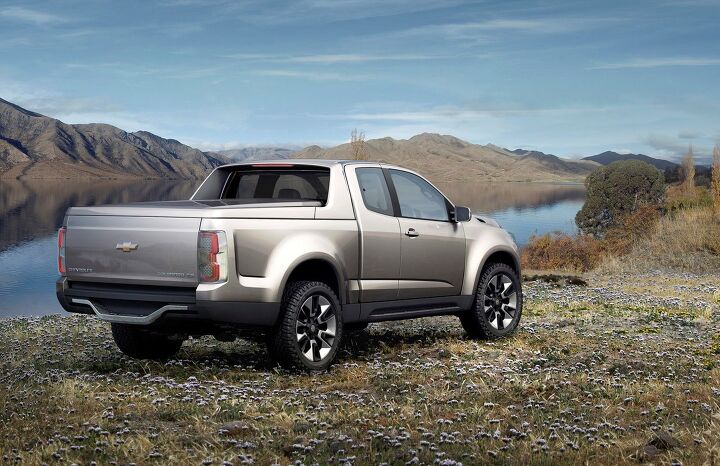















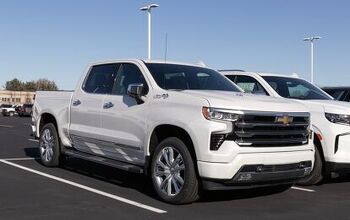
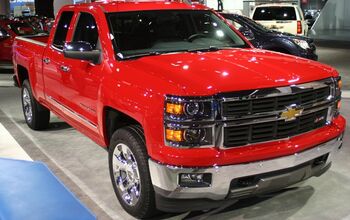
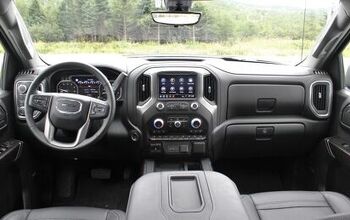
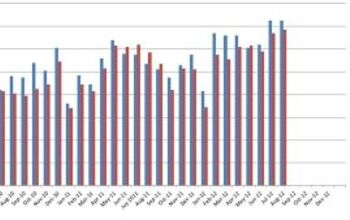
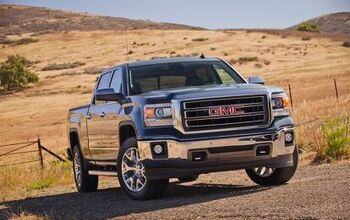










Comments
Join the conversation
How do places such as Europe get along ok without pickup trucks?
No matter what CAFE noise is being made today or requirements are planned for tomorrow, at the end of the day no CAFE rule will survive that does not allow the Big Three to make a profit - and that means selling highly profitable full-size trucks. Tolerance for CAFE only exists when CAFE is playing catch up to automaker technology instead of the other way around. As soon as that dynamic reverses and CAFE becomes painful, the automakers know that a change in policy is only one election away.